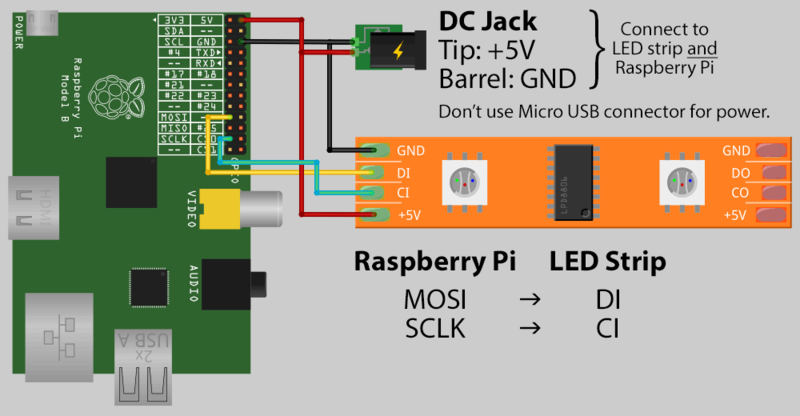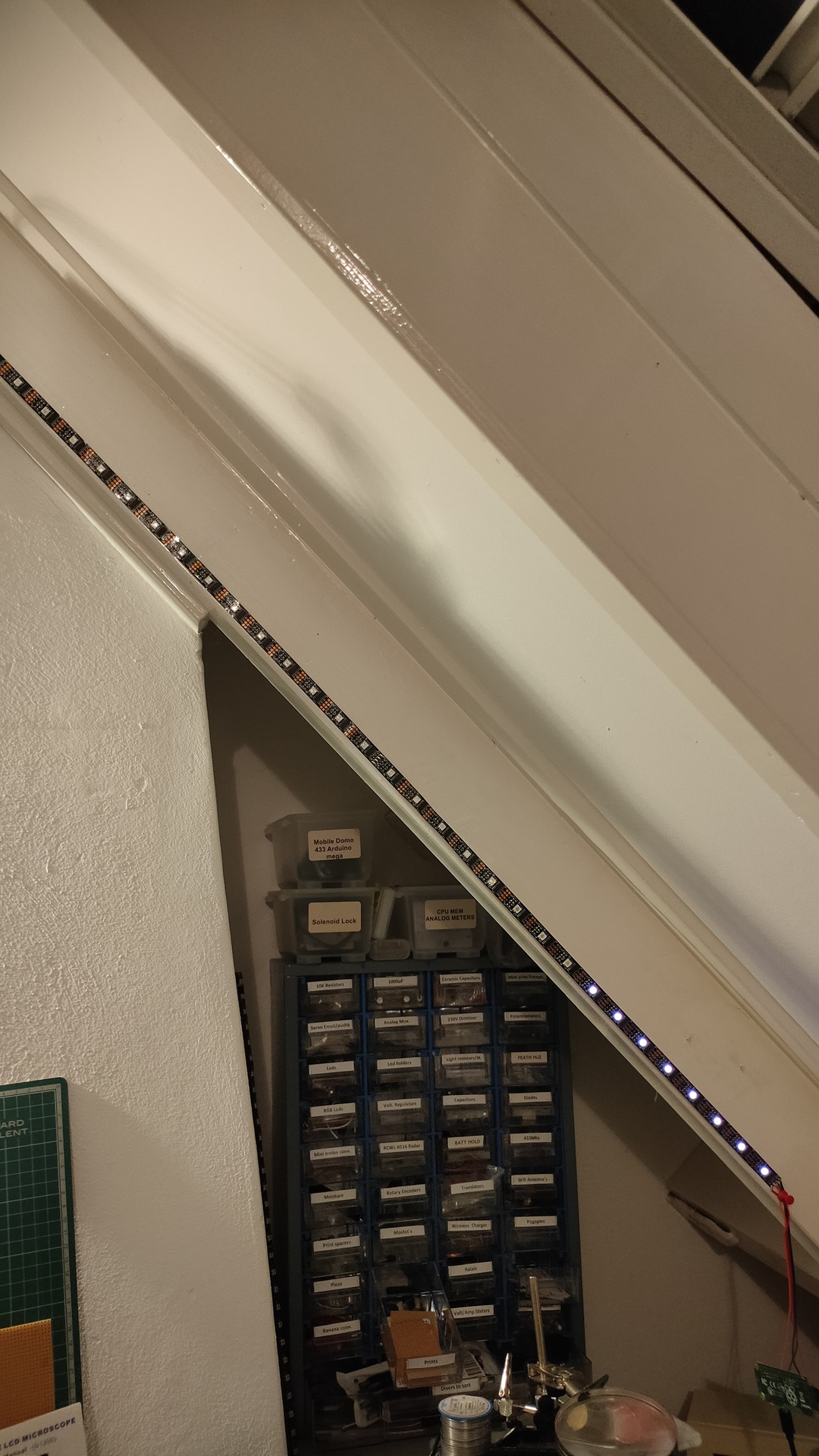Last Updated or created 2022-09-26
Having a lot of devices and running a Lab wil use a lot of energy. Now with the energy crisis in Europe, i had to take a closer look at whats using power in my house.
I notished some weird usage patterns while measuring.
I’m using a few shelly power plugs, to measure devices and powerstrips.
With these devices you can control devices connected to it.
On/Off/Timer etcetera.
It wil measure the power usage in watts, and it even got a temperature sensor.
I like the fact that it perfectly integrates into your home automation using an extensive API.
curl commands to controll, and even MQTT messaging. Intergrating in Home Assistant is a breeze.
So i was monitoring a bunch of stuff using Nodered/Grafana/Homeassistant and saw some recurring usage.
But being always late to check things, i made use of my ledserver i’ve build a long time ago.
This ledserver consists of a Raspberry Pi Zero, with a led string and a API written in python.
Below is autostarted on the Raspberry
( I made this ledserver for work, it showed the status of servers and services. Beside that every colleage had a range which he could use for his own scripts. I made some little bash script templates to have led funtions standard in your bash profile.
#!/usr/bin/python
# apt-get install python-flask
#
import Adafruit_WS2801
import Adafruit_GPIO.SPI as SPI
import struct
from flask import Flask, render_template, request
app = Flask(__name__)
PIXEL_COUNT = 32
SPI_PORT = 0
SPI_DEVICE = 0
pixels = Adafruit_WS2801.WS2801Pixels(PIXEL_COUNT, spi=SPI.SpiDev(SPI_PORT, SPI_DEVICE))
pixels.clear()
pixels.show()
@app.route("/led/<deviceName>/<color>")
def action(deviceName, color):
if deviceName == 'reset':
print ("reset")
pixels.clear()
print (deviceName)
led = int(deviceName)
s = color
r = int(s[ :2], 16)
b = int(s[2:4], 16)
g = int(s[4: ], 16)
pixels.set_pixel_rgb(led, r,g,b)
pixels.show()
templateData = {
'rled' : r,
'bled' : b,
'gled' : g,
'deviceName' : deviceName,
}
return render_template('index.html', **templateData)
@app.route("/control/<controlcommand>")
def actioncommand(controlcommand):
if controlcommand == 'clear':
print("clear")
pixels.clear()
pixels.show()
templateData = {
'controlcommand' : controlcommand,
}
return render_template('index.html', **templateData)
@app.route("/range/<start>/<stop>/<color>")
def rangecommand(start,stop,color):
s = color
r = int(s[ :2], 16)
b = int(s[2:4], 16)
g = int(s[4: ], 16)
startled = int(start)
stopled = int(stop)
while (startled < stopled):
pixels.set_pixel_rgb(startled, r,g,b)
startled=startled + 1
pixels.show()
templateData = {
'rangecommand' : rangecommand,
}
return render_template('index.html', **templateData)
if __name__ == "__main__":
app.run(host='0.0.0.0', port=8080, debug=True)
Now you can control the leds with a simple curl command:
curl http://ledserver:8080/range/startled/endled/colorinrgb
curl http://ledserver:8080/led/lednumber/colorinrgb
curl http://ledserver:8080/control/clear
So today i made a little script to show power usage.
I’m reading the current power usage from a LS120 Youless
Youless LS120 device, which you can connect to your P1 connector.
With below bash script i’m reading the webinterface and update the ledstring.
I was using this ledserver for general notification usage. Below a 2 minute hack ..
#!/bin/bash
while true; do
number=$(echo $(curl -s http://youlessip/a | grep Watt | head -1 | awk '{ print $1 }') / 100 | bc)
curl -s http://ledserver:8080/control/clear
curl -s http://ledserver:8080/range/00/$number/010101
sleep 10
done




